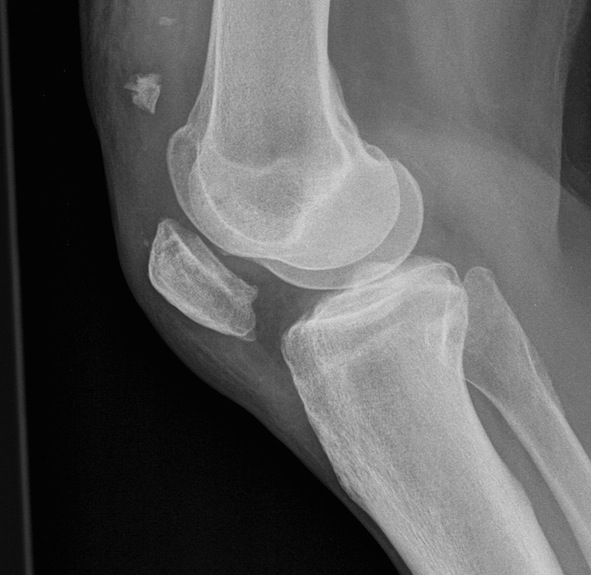
Chondromalacie
De voornaamste klacht is pijn aan de voorkant van de knie, vooral rond de knieschijf. De pijn ontstaat meestal als de knie wordt gebogen, bijvoorbeeld tijdens het traplopen, fietsen en hurken. Ook als u langdurig met gebogen knieën zit kan er pijn ontstaan. Daarom wordt Retropatellaire Chondropathie ook wel een ' theaterknie ' genoemd.

Retropatellar nailing and condylar bolts for complex fractures of the tibial plateau Technique
The original Tree That Owns Itself in 1910. The Tree That Owns Itself is a white oak tree that, according to legend, has legal ownership of itself and of all land within eight feet (2.4 m) of its base. Also known as the Jackson Oak, the tree is at the corner of South Finley and Dearing Streets in Athens, Georgia, US.The original tree, thought to have started life between the mid-16th and late.
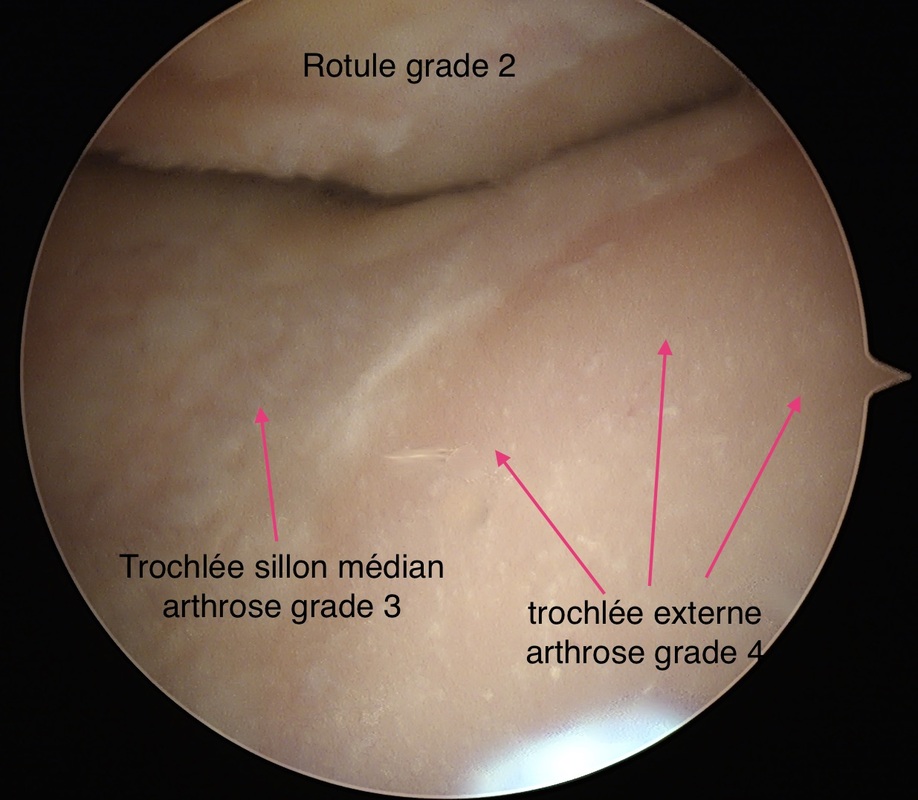
Chondropathie Patella 2 Grades Captions Tempo
Hence chondromalacia patellae is a softening of the articular cartilage on the posterior surface of the patella which may eventually lead to fibrillation, fissuring, and erosion. [5] The differential diagnosis of chondromalacia includes patellofemoral pain syndrome and patellar tendinopathy. Chondromalacia patella is are not considered to be.
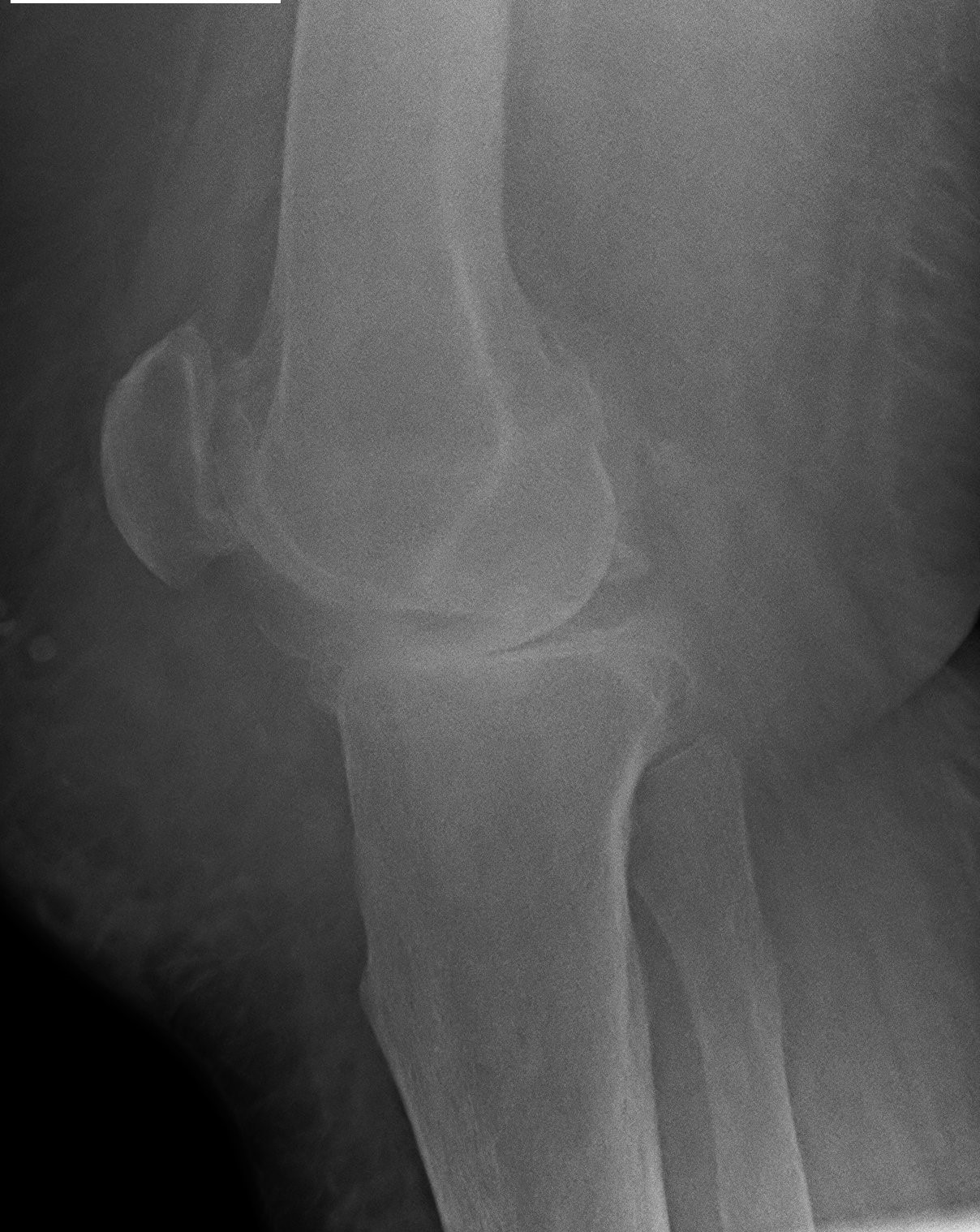
chondropathie gléno humérale chondropathie epaule Mcascidos
Behandeling theaterknie. De behandeling is gericht op het wegnemen van de oorzaak, zodat de aandoening zich niet kan gaan ontwikkeling in artrose. Het wegnemen van de oorzaak kan door belasting van de knie te verminderen, eventueel overgewicht af te laten nemen en spieren rondom de knie te versterken. Verandering in houding kan gewenst zijn om.
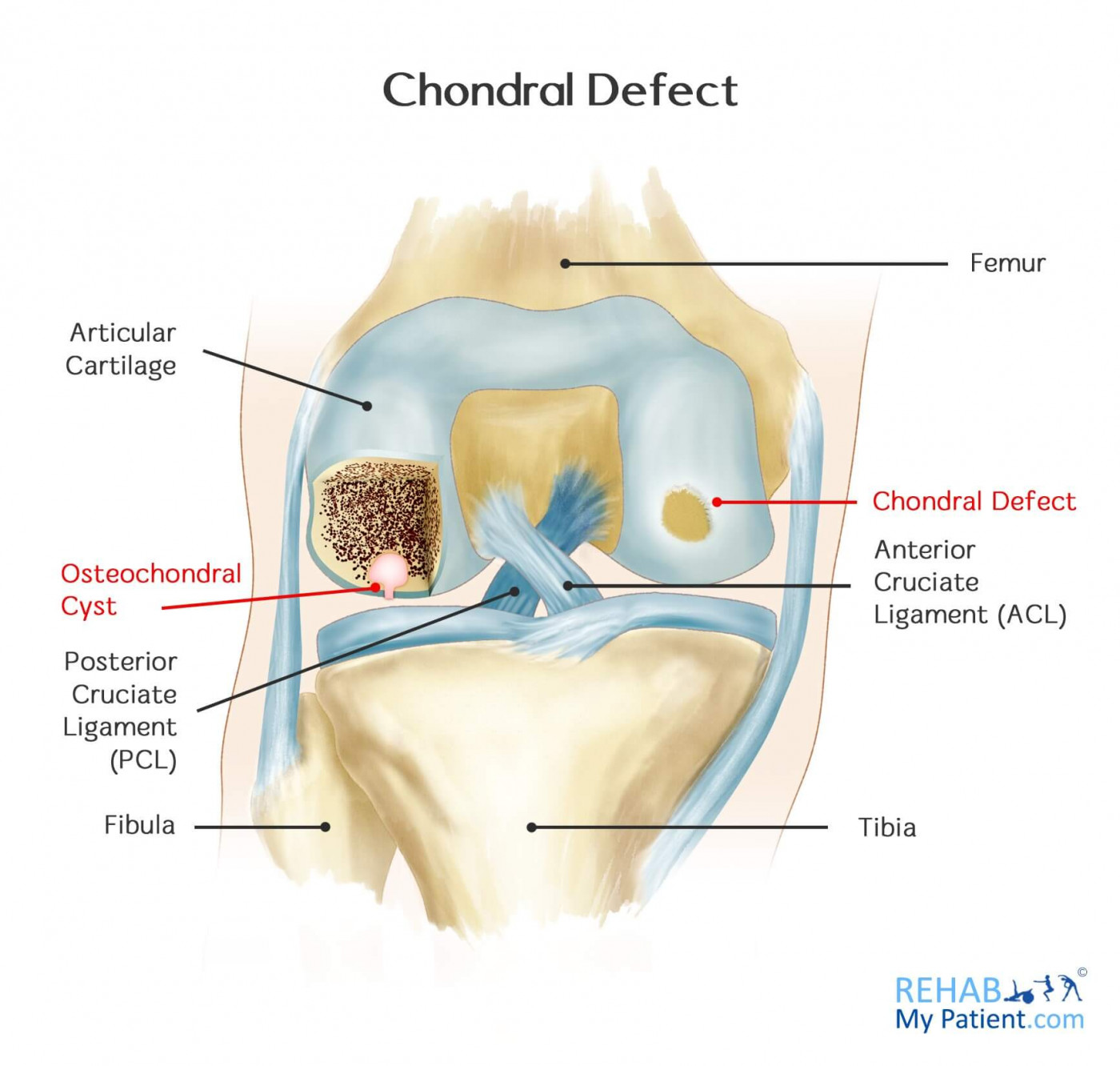
Chondral Defect Rehab My Patient
Chondromalacia patellae symptoms. Pain around the knee. The pain is usually located at the front of the knee, around or behind the kneecap (patella). The pain is typically worse when going up or down stairs. It may be brought on by sitting (with the knees bent) for long periods. A grating or grinding feeling or noise when the knee moves (crepitus).
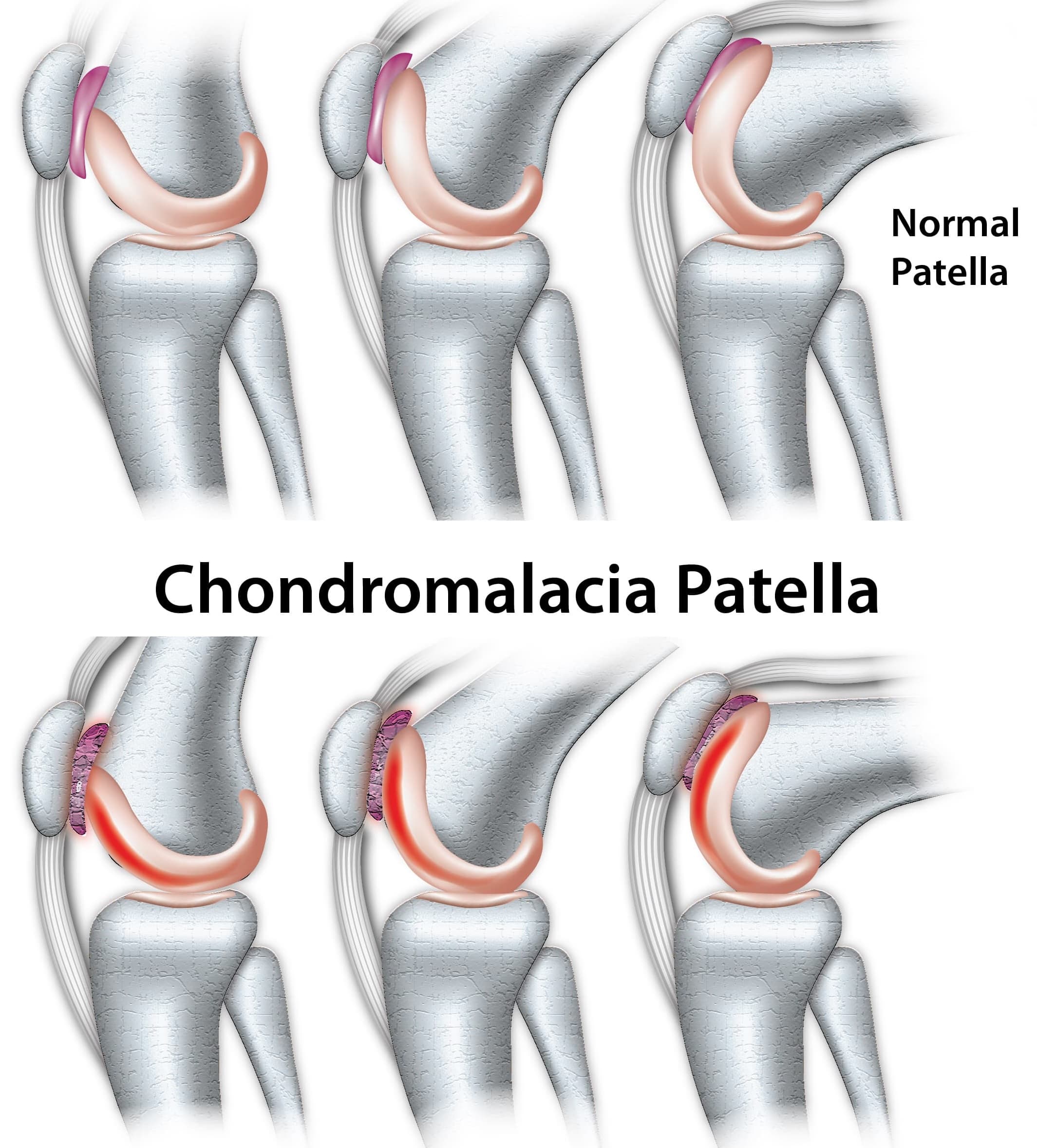
Chondromalacia Patella Causes and Treatment SportNova UK
Bij sporten of bewegen kun je pijn krijgen aan je knieschijf. De pijn wordt erger als je je knie lang buigt of als je de trap oploopt. De pijn wordt minder bij rust en als je je knie strekt. De pijn is niet gevaarlijk, er gaat niets kapot. De klachten kunnen langer dan een jaar duren. Sport minder hard en minder zwaar als je pijn krijgt.

Chondropathie Patella 2. Grades Captions Lovely
Retropatellaire Chrondopathie. Retropatellaire Chondropathie wordt ook wel 'theaterknie' genoemd. Bij een theaterknie wordt het laagje kraakbeen aan de achterzijde van de knieschijf slechter. Het is een kraakbeen aandoening. Retropatellair is de Latijnse naam voor 'achter de knieschijf' en chondropathie betekent 'kraakbeenletsel'.
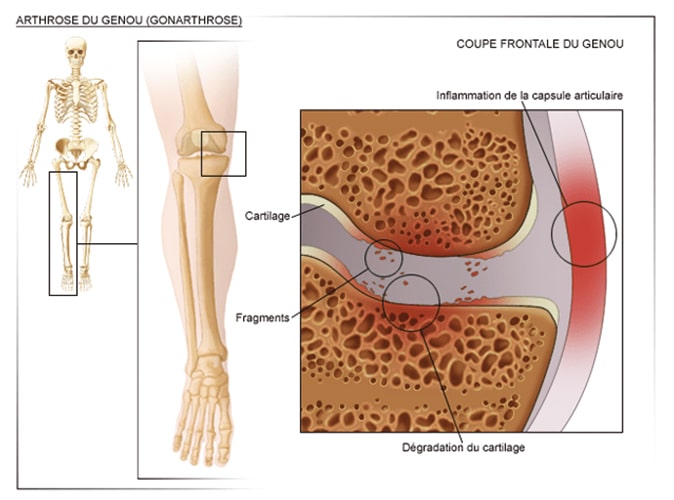
Définition, symptômes et diagnostic de la chondropathie Dr Paillard
Chondromalacia patella can develop gradually, when the cartilage on the underside of a person's knee wears away, causing grinding and rubbing of the kneecap over the knee joint during movement.

Chondromalacia patellae Radiology Reference Article
Patellofemoral pain syndrome can have several causes. It's been linked with: Overuse. Running or jumping sports put repeated stress on the knee joint, which can cause irritation under the kneecap. Muscle imbalances or weaknesses. Patellofemoral pain can occur when the muscles around the hip and knee don't keep the kneecap in line.

Knee Pain and Chondromalacia Patella Stock Vector Illustration of femoral, flat 83490641
Retropatellaire chondropathie komt meer voor bij vrouwen dan bij mannen. Men spreekt ook wel over een 'theaterknie' als langere tijd zitten met gebogen knieën last veroorzaakt. Diagnose. Eeen afwijking waarbij lichte beschadigingen bestaan aan het kraakbeen aan de achterzijde van de knieschijf. Symptomen.
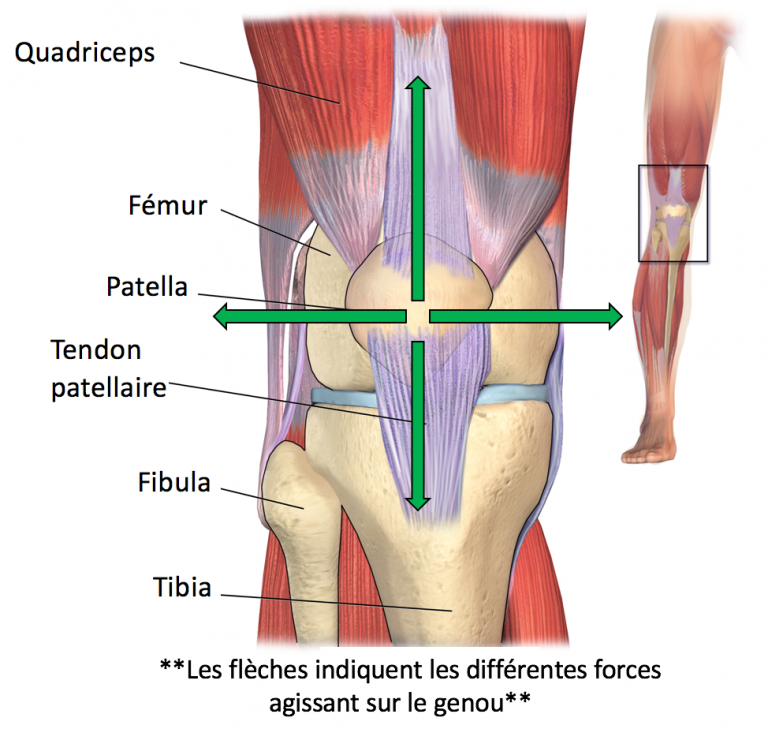
Le Syndrome fémoropatellaire Clinique Performance Santé
Retropatellaire chondropathie is de verouderde naam voor het Patellofemoraal pijnsyndroom. Deze naam is door de fysiotherapie verlaten omdat het voor fysiotherapeuten niet mogelijk is om vast te stellen of het kraakbeen van de patella daadwerkelijk de klachten veroorzaken. Hetzelfde geldt ook voor de benaming Chondromalacie patellae . Categorie:

Retropatellaire Chondropathie
The patellar chondropathy is a pathological state of the cartilage located on the posterior surface of the patella, and which provokes pain all along the knee. The knee is one of the most important and complex joints in the body (anyone having suffered from injuries in them know their relevance). The knee is made up of the joining together of.

Chondromalacia Softened Cartilage Chondromalacia, Knee joint, Cartilage
Condropatia patelar: uma breve visão histórica e de sua prevalência. One of the pioneers in the study of the patellar cartilage, Dr. Ralph Edward Outerbridge, believed that condition known as chondromalacia patellae was more common than had previously been imagined. Outerbridge observed that, in the early stages of chondromalacia, the.

Chondropathie arthrose du genou symptômes et traitements
Patients with chondromalacia patellae usually present with anterior knee pain on walking up or down stairs. Additionally, there may be knee pain when kneeling, squatting, or after sitting for long periods of time. Knee stiffness, crepitus and effusions may also be present. In some cases, a history of patellar dislocation may be present 4.

Orthotic Intervention in Treating Chondromalacia Patellae MASS4D® Foot Orthotics
The main symptom is pain at the front of the knee, especially around the kneecap. Bending the knee usually causes pain to develop. For example climbing, cycling, squatting, and even sitting for a long time, may cause pain. That is why retropatellar chondropathy is also called a 'theater knee'. In time, the knee can also start to ache at rest.

What Is Patellofemoral Pain Syndrome? MASS4D® Foot Orthotics
Symptoms. Diagnosis. Treatment. Prevention. Chondromalacia patellae, or "runner's knee," is caused by the softening of the kneecap cartilage. Common among young athletes, it may also affect.